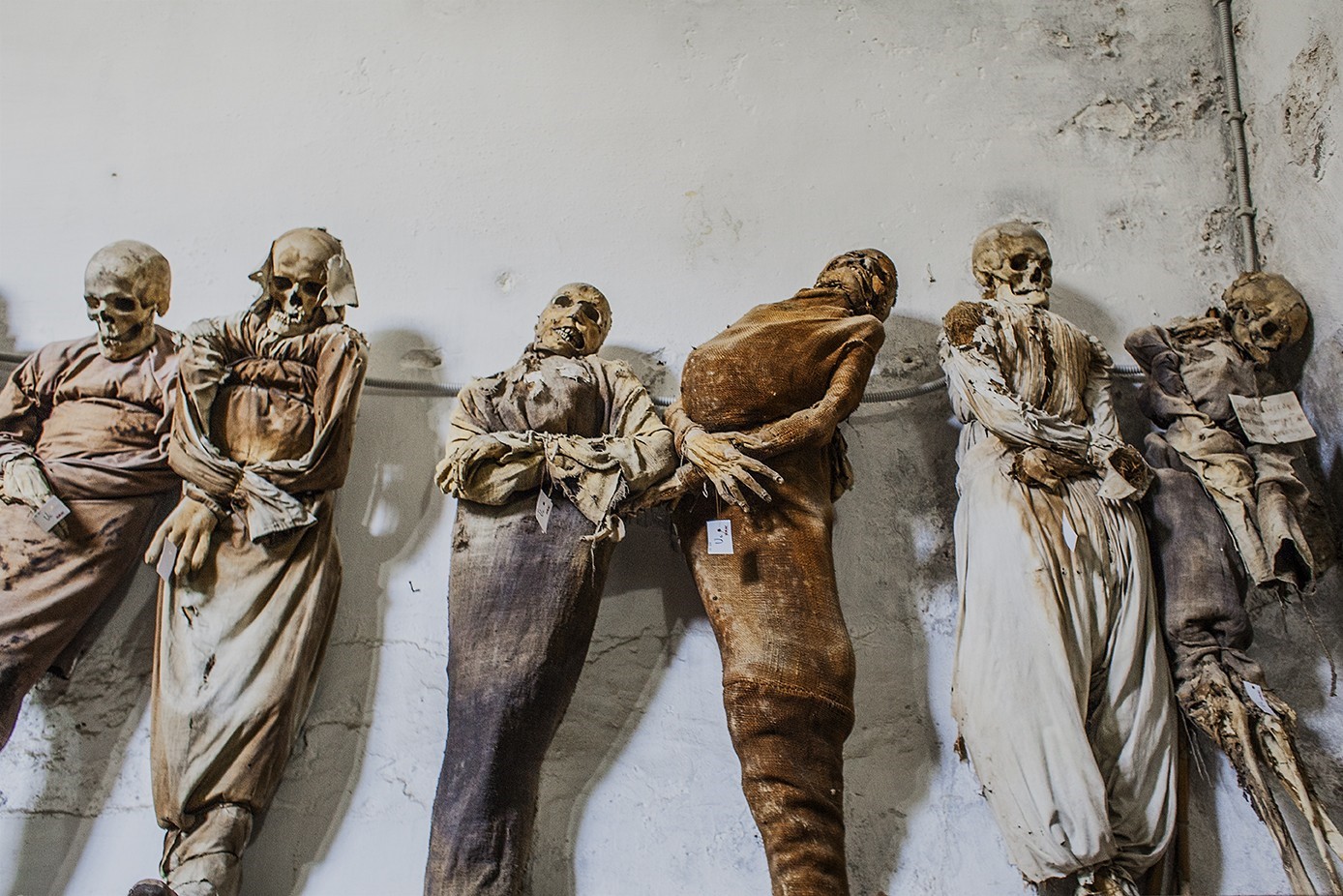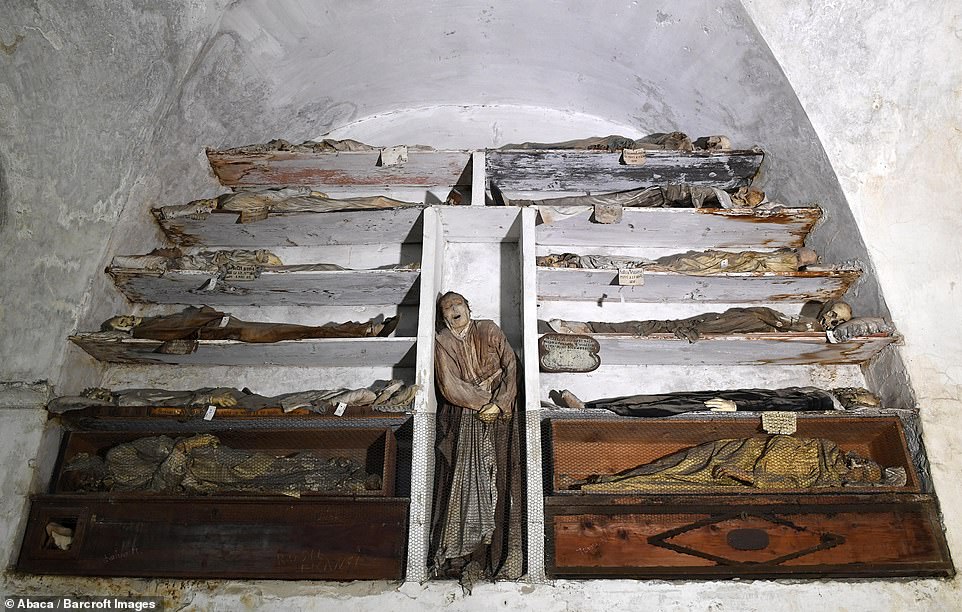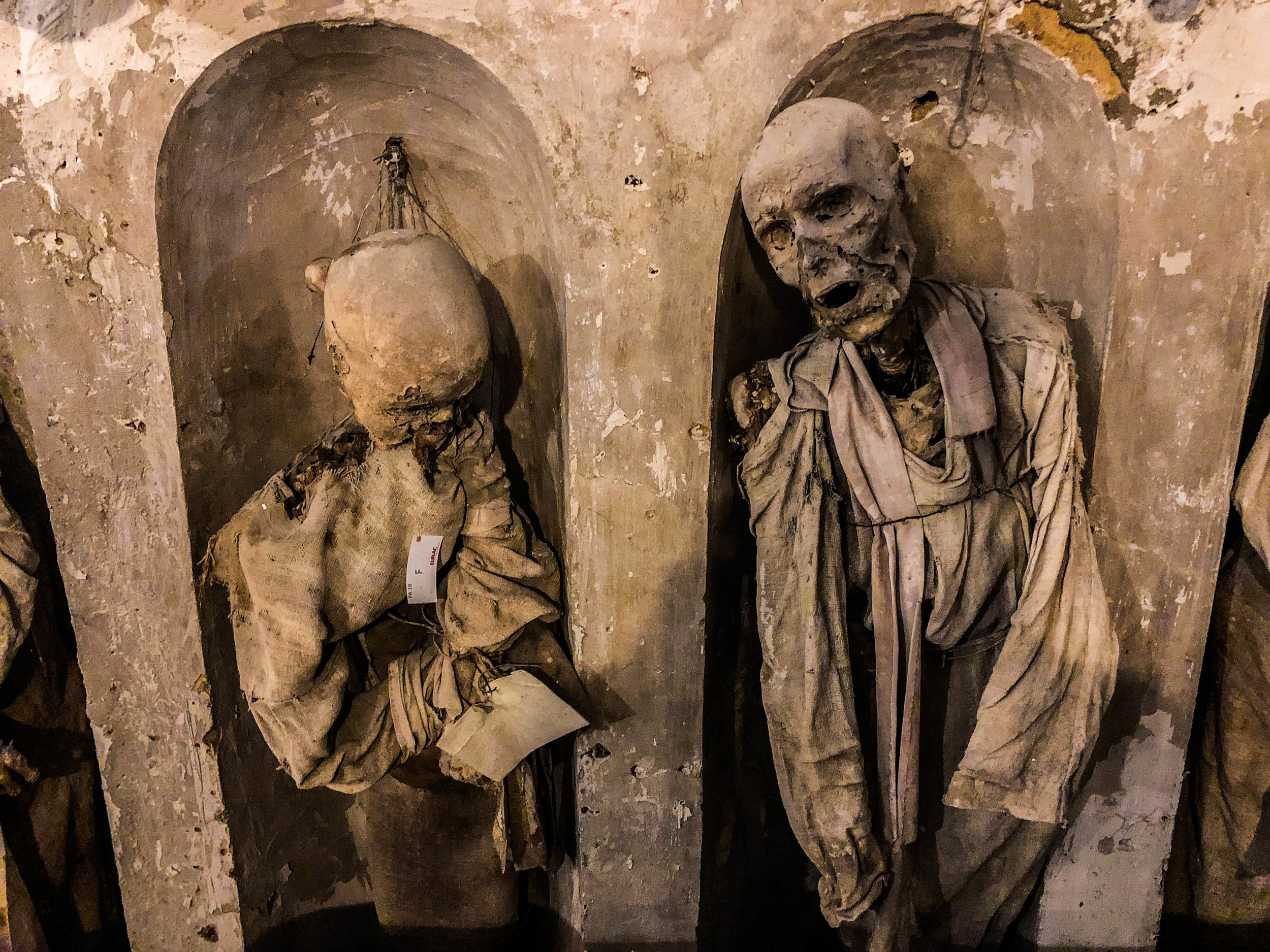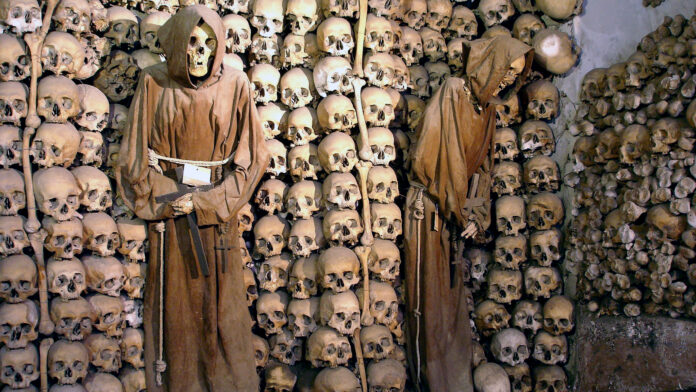Nestled beneath the sun-drenched streets of Palermo, Sicily lies a macabre marvel that has captured the imagination of the world – the Capuchin Catacombs. This 16th century subterranean necropolis holds a staggering 8,000 corpses and 1,252 mummified remains, offering visitors a chilling glimpse into the afterlife.
A History of Mummification
The origins of this eerie underground city can be traced back to 1599, when Sicilian monks, members of the Capuchin order, first began the practice of mummifying the dead. It was during this year that they are said to have mummified a priest named Silvestro of Gubbio, placing his preserved body within the growing crypt. Over the centuries, the tombs continued to expand as families sought to secure a prestigious resting place for their departed loved ones – a privilege that came at a significant cost.

To secure a spot in the coveted catacombs, individuals would have to request a space before their demise, as it was considered a sign of status to have one’s body displayed in this grand necropolis. The bodies would remain in their designated tombs as long as the family continued to pay the required fees. This practice transformed the catacombs into a grim display of social hierarchy, with the wealthiest and most influential families occupying the most prominent positions.

Captivating and Crumbling Corpses
As one ventures through the dimly lit corridors of the Capuchin Catacombs, the sight of the mummified remains is both captivating and deeply unsettling. The degree of preservation varies greatly, with some bodies still retaining teeth, hair, and skin, while others have succumbed to the ravages of time, crumbling into dust.

Startling images depict individuals in various states of decay – a person in a top hat and dress, a small child wrapped in a shawl with a golden bow, and countless other figures frozen in time, their lifeless forms lining the walls and podiums of the catacombs.
A Museum of the Macabre
In the 1920s, the practice of burial within the Capuchin Catacombs came to a halt, and the space was transformed into a museum, now run by local monks. While tourists are prohibited from photographing the area, the haunting spectacle of the mummified remains continues to captivate and disturb those who dare to venture into this city of the dead.
The catacombs stand as a testament to the enduring human fascination with mortality and the afterlife, drawing visitors from around the world to confront the stark realities of death in a truly unique and unsettling setting.
Embracing the Morbid
The fascination with mummification runs deep in the Sicilian psyche, and the Capuchin Catacombs stand as a prime example of this macabre tradition. In fact, the region is set to launch a research laboratory dedicated to the study of this ancient practice, further exploring the mysteries of mortality and the enduring allure of the dead.

By embracing the morbid and confronting the realities of death head-on, the people of Sicily have created a one-of-a-kind destination that continues to captivate and disturb in equal measure.
For those brave enough to step into the Capuchin Catacombs, the experience is a haunting reminder of the fragility of life and the enduring power of death. This ghoulish 16th century marvel continues to captivate and disturb, drawing visitors from around the world to confront the stark realities of mortality in a truly unique and unsettling setting. The Capuchin Catacombs stand as a testament to the human fascination with the afterlife, a dark and captivating reflection of our own mortality.

